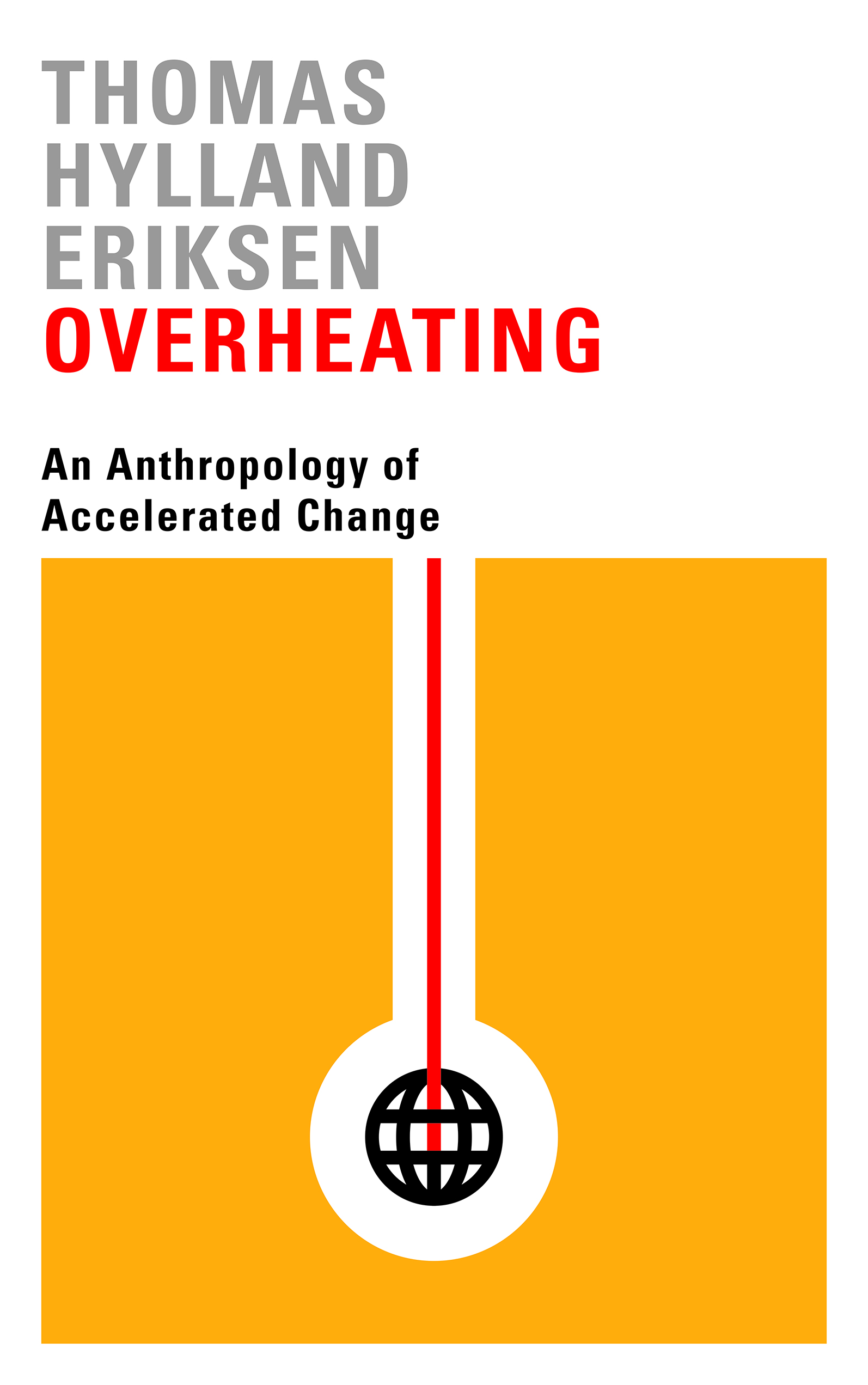 At the heart of this book lies the unresolvable dilemma between economic growth and ecological sustainability. Its key contribution is to combine a global study of the Anthropocene (the ‘proposed epoch dating from the commencement of significant human impact on the Earth’s geology and ecosystems’ – Wikipedia) with an anthropological analysis of how it is perceived locally. The result is an informative, multi-scaled account of our fast-paced times.
At the heart of this book lies the unresolvable dilemma between economic growth and ecological sustainability. Its key contribution is to combine a global study of the Anthropocene (the ‘proposed epoch dating from the commencement of significant human impact on the Earth’s geology and ecosystems’ – Wikipedia) with an anthropological analysis of how it is perceived locally. The result is an informative, multi-scaled account of our fast-paced times.
Over five chapters, Eriksen explores the different forms of accelerated modernity that have defined our era: from energy and mobility, to cities, waste and information overload.
Without coal, Eriksen argues, there is ‘no exponential population, no steamships, locomotives or factories’. It is therefore not surprising that for two centuries the increased use of energy was linked to a narrative of hope. Today, the global consciousness is slowly shifting ‘as people begin to realise that the side-effects of coal and its relatives are serious and dismal’
Eriksen also explores the concept of mobility in two contrasting forms: tourism and refugees. One of the most notable impacts of global tourism on a local scale, he notes, is the phenomenon whereby ‘a tourist destination ceases to be a locality’ and, instead, turns into ‘a tourist destination with the locals providing services to visitors.’
The mobility of refugees, in contrast, is rapidly stunted as they find themselves immobilised in camps across Europe. While the fast-paced, fossil-fuelled force of international tourism is a major factor in our globalised era, refugees are singularly kept apart from this modernity.
In the chapter on cities, Eriksen depicts urbanisation as a source of prosperity for those coming from the countryside, but he is also quick to demonstrate how unsustainable cities are in both social and ecological terms.
Drawing a parallel with physical rubbish, he demonstrates how, in the internet age, excess information is ‘polluting not only minds but also filing gaps and turning slowness into a scarce resource’
While this book does not outline any practical solutions, it does force the reader to conceptualise this era’s important, mass-scale shifts as well as the locally-experienced impacts around the world. It ends on a positive note: if speedy modernity has achieved anything, it is the real possibility for a global conversation despite cultural differences.
As Eriksen puts it, in spite of ‘differences and inequalities defining the early 21st century, we are slowly learning to take part in the same conversation about humanity and where it is going’.


